Spurious pesticides and other agrochemicals have wrecked havoc with Indian agriculture and yet neither the so called responsible agrochemical industry, estimated to be worth Rs. 31,000 crore, nor the central or state governments or the farmers are serious about taking the bull by the horns. The issue was hotly debated in a recent seminar on ‘Role of Agrochemicals For Sustainable Agriculture’ with the theme ‘Enhancing Farmers’ Productivity Sustainably’ organised in Chandigarh by the Indian Chemical Council (ICC) jointly with the Department of Chemicals & Petrochemicals and National Committee On Plasticulture Applications in Horticulture (NCPAH) in the Ministry of Agriculture & Farmers Welfare, and various farmers’ and industry bodies. While the industry lashed at the government and regulatory authorities at the centre and in states for failing to check the illegal trade, and instead harassing the genuine manufacturers and their trade network, Punjab State Farmers & Farm Workers Commission Chairman Ajay Vir Jakhar advised self regulation by the industry and intelligence sharing with the state government to curb the menace. When it is common knowledge that Moradabad and Karnal are the hubs of this spurious and fake trade, and there may be others as well, then failure to take action against the perpetrators can mean any one of two things – either the various stakeholders are incompetent or they are in cahoots with these people, he said bluntly in his address.
Launching a blistering attack on this issue in his keynote address, RG Agarwal, Group Chairman, Dhanuka Agritech Ltd., informed the audience that as per government’s own figures there are more than 4500 companies registered for sales and marketing of agrochemicals but when data on import, export, production and sales was recently sought from these companies only 314 companies responded, leading one to believe that the rest of the companies were indulging in spurious or substandard activity. “Why is the government not taking action against these companies? Why are pesticide inspectors drawing more than 90% samples from products manufactured by reputed companies? Why only 50 to 75 manufacturers are being targeted out of the whole lot of 1500-odd licence holders?” he asked.
.jpg)
Photos By : Life In Chandigarh
Endorsing this view, Dr. Sarjiwan Manhas, Chairman, CropLife India, a not for profit industry organisation focussed on promoting safe, responsible and judicious use of crop protection solutions, informed that fake or spurious products continue to be a growing challenge for the crop protection industry in India. “Domestic market for crop protection products in 2016-17 was pegged at Rs 16,000 crore. In addition, it is estimated that 20-25% of the products being sold are illegal or counterfeit, which threaten not only the efficacy for controlling the pest but also pose a risk to the environment. This also has a knocking effect on the economy. As per Indian Chamber of Commerce estimates, due to these ineffective and illegal pesticides, there is an annual loss of up to 11 million tonnes of food grains. Also, exports of agricultural commodities get seriously dented when traces of these illegal pesticides are found in the country of exports,” he added.
Demanding early passage of the revised draft Pesticides Management Bill (PMB) 2017, which defines misbranded, substandard and spurious pesticides, he said at present pesticides registration, imports, manufacturing, distribution, etc. is fully governed by archaic Insecticides Act 1968 and rules framed therein. A draft Pesticides Management Bill was framed in 2008, which was further revised in 2017, but is still to be passed by Parliament, he lamented.
Asserting Facts, Debunking Myths
In his presentation titled ‘Asserting The Facts. Debunking The Myths’, S. Ganesan, representing United Phosphorous Limited (UPL), quoted facts and figures to challenge the impression that Indian farmers used excessive agrochemicals. He said, with an annual agricultural production worth 401.3 bn US $ (2017), India ranks second in the world with a share of 12%, next only to China with annual production worth 968.6 bn US $ and market share of 28%. Against this, India’s annual consumption of agrochemicals is only 50,410 tonnes (2016), which places the country at 13th position with a world share of just 1%. China, USA and Brazil together account for more than 62% of agrochemical use worldwide, he added.
Addressing the other concern that India’s agricultural commodities were heavily contaminated with agrochemical residues, he said out of 1,58,118 samples analysed in India since 2008 till 2016-17, only 3109 samples (1.96%) have been found to be above the maximum residue limits (MRLs), which means that more than 98% of the agricultural commodities comply with the legal upper limits fixed for pesticide residues, making India’s food among the safest in the world. All this talk of heavily contaminated food was mere propaganda by vested interests to adversely affect the export competitiveness of India’s agricultural commodities, he asserted.
Challenging another propaganda of a cancer catastrophe awaiting India, he quoted WHO figures to show that six European countries figured in the top 10 ranks in the incidence of cancer per 1,00,000 population, while India is ranked 156th with incidence of 93.9 against the world average of 180. Singapore, with nil agriculture, has a much higher cancer rate than India, he said maintaining that cancer incidence is not known to have any direct link with use of agrochemicals.
He also rubbished talk of abnormally high incidence of cancer in Punjab, the food bowl of the country, arguing that cancer rate in Punjab was less than the national average of 92 per 1,00,000 population. Quoting Tata Memorial Hospital studies, he said it had also clearly denied the general belief that presence of heavy metals in groundwater or excessive use of pesticides and agrochemicals was responsible for high incidence of cancer in the Malwa region of Punjab. The studies had blamed poor lifestyles for majority of cancer cases in Punjab – tobacco, alcohol abuse, obesity and late age marriages. In India, cancer rate is maximum in North Eastern states such as Sikkim, Meghalaya, Manipur, etc that are not practising intensive agriculture, he said.
Crop Losses
In his thematic presentation, Raju Kapoor, Director, Industry & Public Affairs, FMC India, informed that Indian farmers are losing approximately Rs 2,00,000 crore worth of income annually to insects, diseases, weeds, rodents, storage, etc. and these losses can be minimised through responsible crop protection measures which need to be safe and judicious. Enumerating the various stakeholders’ expectations from a sustainable food system, he said for the farmers it will be sustainable income and sustainable farming system, for the society it will be safe food chain, nutrition and health, and for the environment it will be least footprints and preservation of elements for future generations.
For all these goals to be realised it would require coordinated intervention of the government, regulators and civil society and the cornerstone of success would be integrity, transparency, traceability and communication.
Government Measures
Giving an overview of measures being taken by the central government towards sustainably increasing farmers’ productivity, Agriculture Commissioner SK Malhotra informed that the government was closely assessing the preparedness ahead of Kharif and Rabi seasons and ensuring that quality inputs were delivered to farmers well in time. The latest assessment made in the ministry pointed towards a record food grain production of 285 million tonnes this year and record horticulture production of 307 million tonnes, he said adding that the good monsoon (average rainfall of 690 mm till end of August, deviation of less than 6%) had further raised the prospects of the Kharif crops which this year was sown over 1,040 lakh hectares. Preparations had already begun for the Rabi crop, he said.
Addressing the concerns of long delays in approvals for new pesticides, Malhotra said the system for registering/approving pesticides had been streamlined by formulating guidelines wherever these were not in place and he was happy to inform that all pending cases for approval had been disposed off. As on today the list of registered pesticides has 286 entries, he said adding that the government was open to new ideas and was willing to work with the industry for the overall benefit of farmers.
Noting with satisfaction that government initiatives at conserving irrigation water, with the cooperation of the industry and farmers, had borne fruit, he informed that 10 million hectares of land had already come under micro irrigation and the government was hopeful of doubling the area to 20 million hectares by 2022. He said while states like Punjab, West Bengal, Bihar and Jammu Kashmir had initially shown a lukewarm response towards micro irrigation initiatives of the central government, while other states like Karnataka, Andhra Pradesh, Telangana, Rajasthan, Gujarat and Haryana had taken advantage, Punjab had now adopted micro irrigation as a priority area.
Bar Code On Packages
Punjab Farmers’ Commission Chairman Ajay Vir Jakhar took the opportunity of Malhotra’s presence to suggest that government should make it mandatory for every package of pesticides to carry a bar code to check spurious and counterfeit products, the long pending Pesticides Management Bill should be pushed through Parliament before the 2019 general elections, spray nozzles should be brought under the ambit of government subsidy and organic farming should be given space to grow.
Expressing the Punjab Farmers Commission’s willingness to work in close coordination with the “good” agrochemicals industry to revive the nearly defunct agricultural extension services in the state, he said on the recommendation of the commission, the state government has appointed 140 new Agriculture Development Officers (ADOs). “We have recommended that they be posted to focal points near their homes for at least three years and not assigned regulatory duties. We would welcome a partnership with the industry in retraining the existing and new ADOs in modern agricultural practices so that the extension work undertaken by them proves truly beneficial to the farmers.”
To check the sale of spurious agrochemicals in the state, Jakhar said the commission was pursuing with the state government to frame a law making it compulsory for dealers to log in the details of every buyer of agrochemical products. Along with checking sale of spurious products, this exercise will also help in extending targeted extension services to farmers, he said adding that “We hope to see this regulation becoming a part of the state agriculture policy before the next general elections.”

Indo-Israel Agricultural Project
Explaining the contours of the Indo-Israel Agricultural Project (IIAP), the biggest cooperation Israel government has anywhere in the world, San Alluf, Counsellor Agriculture for Israel’s Agency for International Development Cooperation, Embassy of Israel in India, said the key crops being focussed on in the 25 centres of excellence set up under the project in 11 states in India are mango, pomegranate, date palm, citrus, cucumber, capsicum and tomato. Each of the large scale demonstration projects is tailor made to local conditions like climate and soil, he added.
“We are demonstrating a full value chain encompassing cultivation, harvest and post harvest. We are starting from choosing the best varieties of crops and management of nurseries. We provide the local farmers with the best quality seeds/plants in large numbers for which each project boasts of a hi-tech climate-control nursery. Good planting material is essential to achieve full crop potential. We are asking each centre to develop their guidelines and protocols in the local language and apprise farmers with how, when and how much to irrigate, fertigate (apply fertiliser through irrigation water), etc. There are also protocols for pests, diseases, canopy management and more,” Alluf shared.
Efficient Use Of Irrigation Water
In a presentation on the issue of efficient use of irrigation water, Dr. Sangita Ladha, Vice President – Marketing & Business Development, Jain Irrigation Systems Ltd, one of the largest micro irrigation companies in the world, highlighted that with India poised to be the most populous country in the world, overtaking China, its 4% fresh water resources of the world would fall well short of demand in the coming years. Since irrigation was the largest single guzzler among all other fresh water consuming activities, flood irrigation practices need to be disallowed. Early adoption of on-farm drip or sprinkler irrigation was the only way forward. The approach needs to be ‘from resource to roots’, she added.
Among other examples of integrated micro irrigation projects executed by Jain Irrigation in command areas in various parts of the country, she singled out the work in progress on the Kandi integrated solar powered drip irrigation system in Talwara area of Punjab which when completed will irrigate 1642 acres of cultivable land in 14 villages and benefit 1200 farmers. The source of irrigation water for the project is the Kandi canal.
Dr. Sangita Ladha recommended farmers to go for three crops a year with drip irrigation to minimise payback period of the investment incurred on the project. In the Kandi project, the per acre cost will come to approximately Rs. 2.5 lakh. The life of any drip irrigation project is between 10 to 12 years, she added.



.jpg)








.jpg)
.jpg)


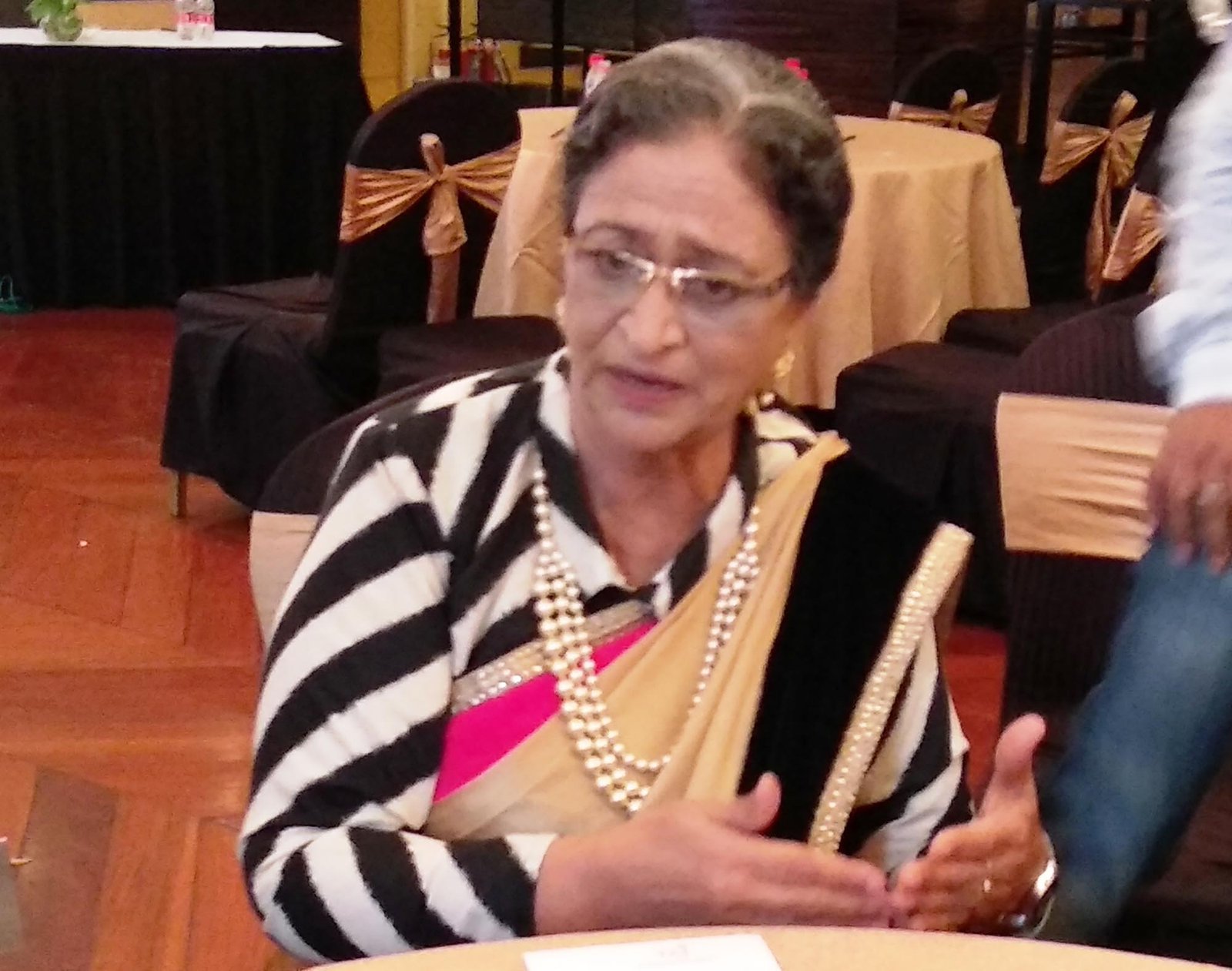


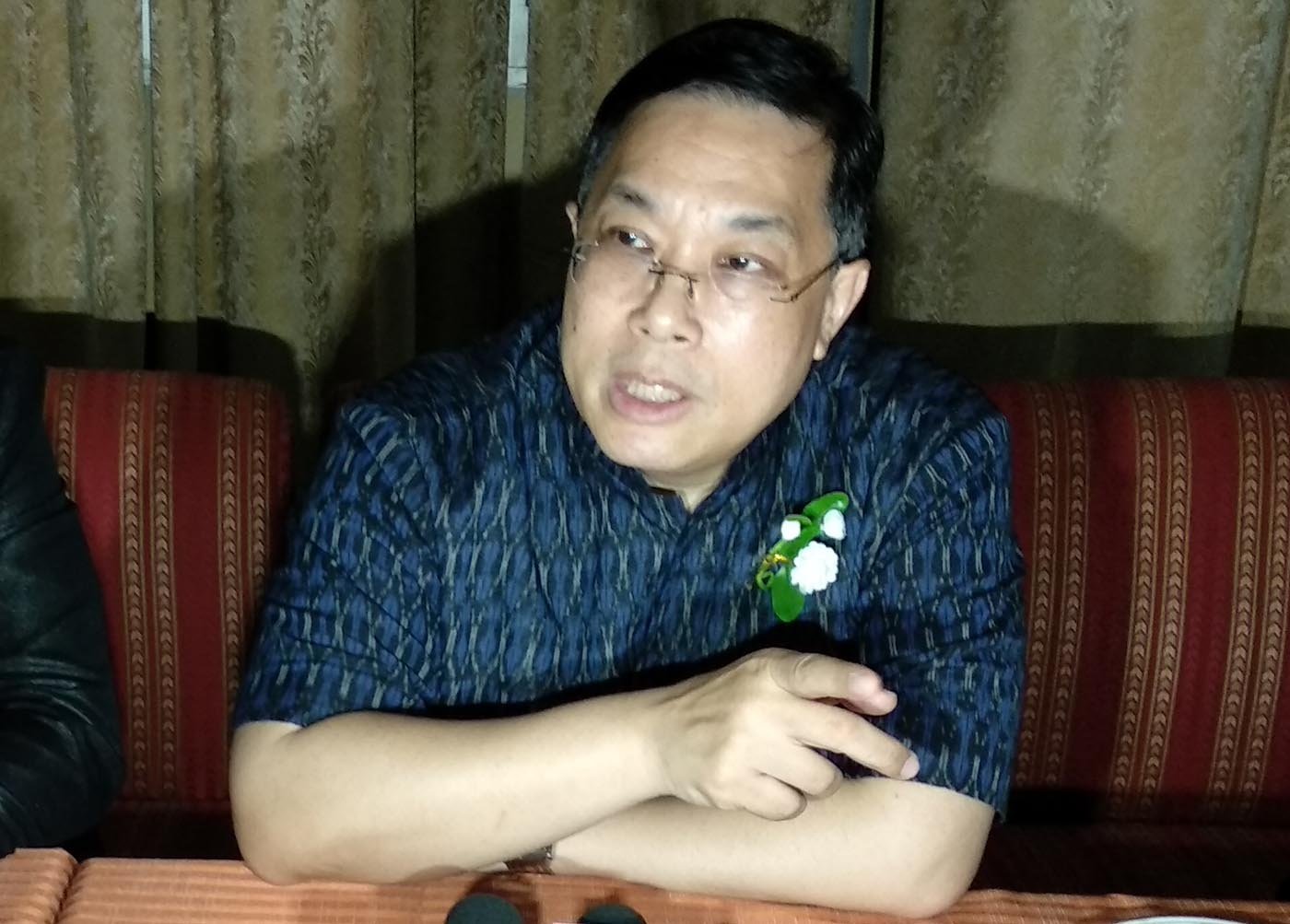
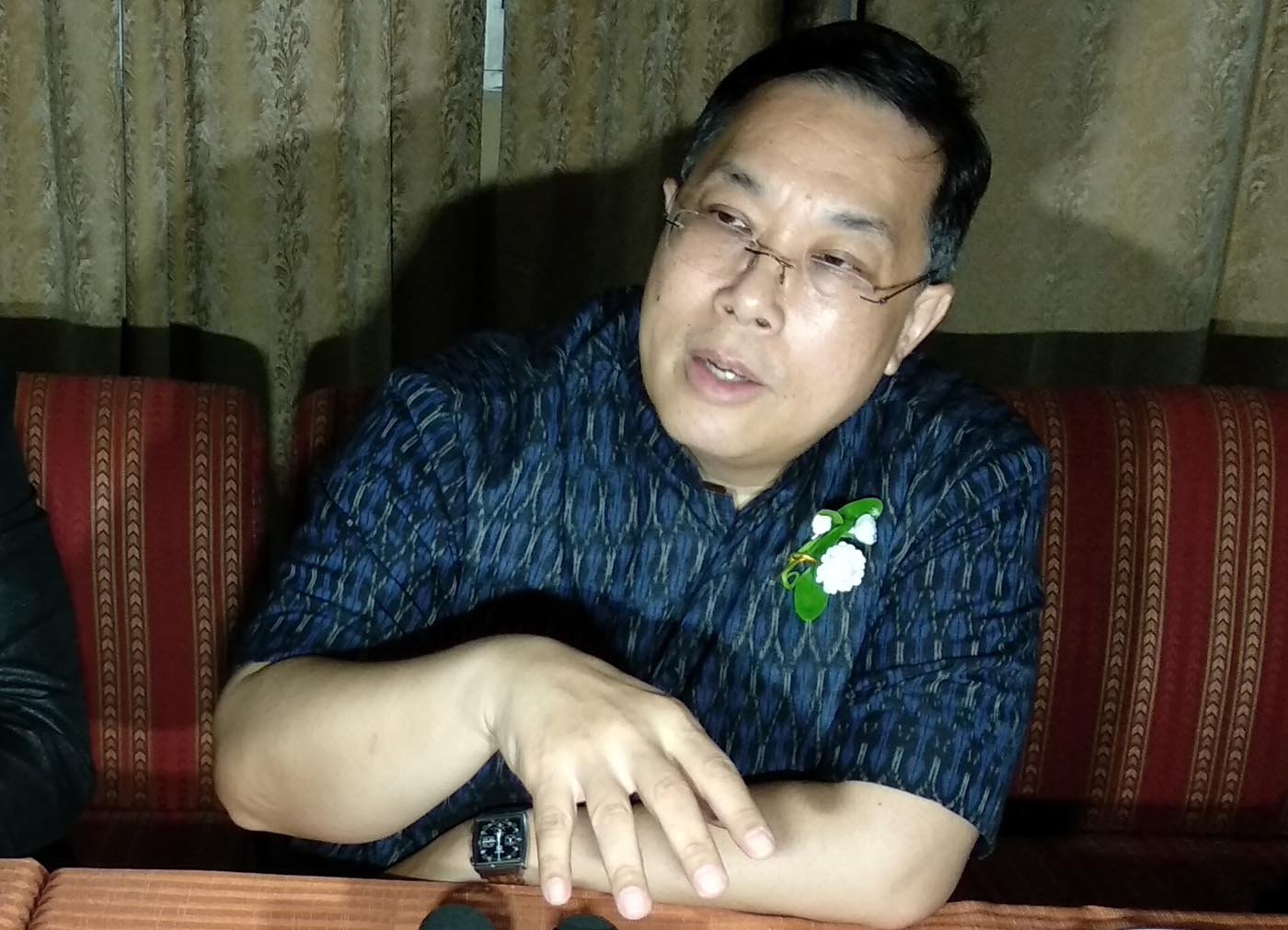




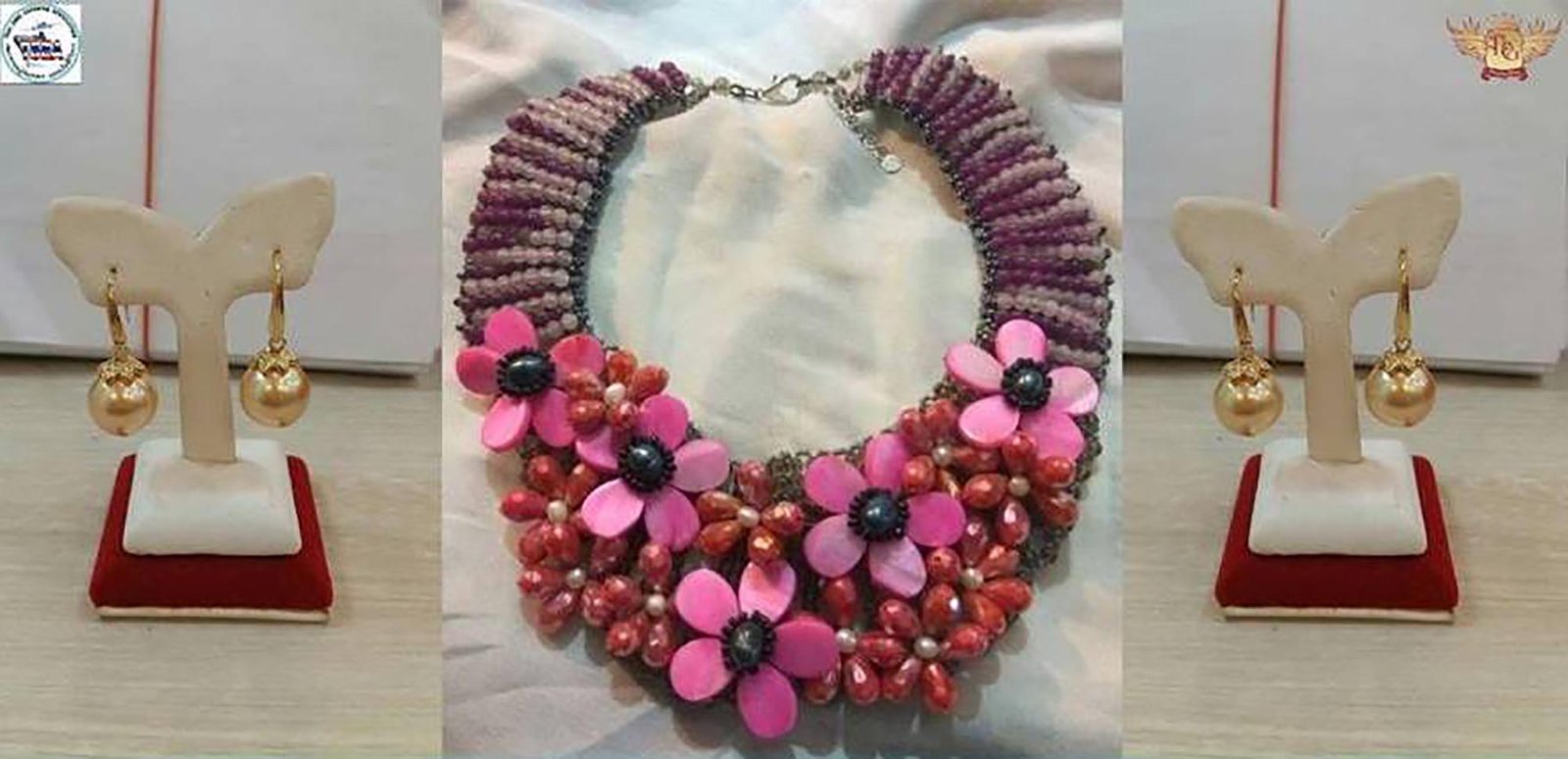
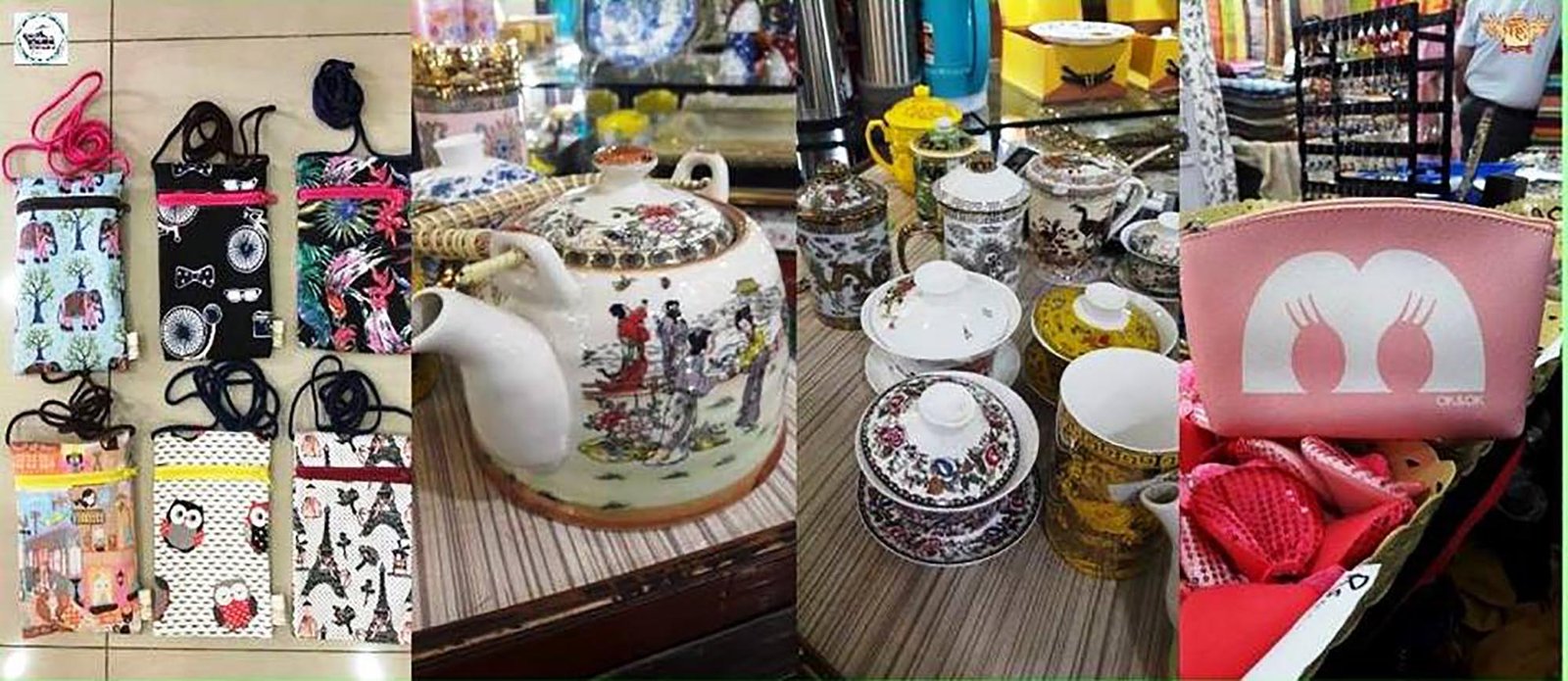














.jpg)